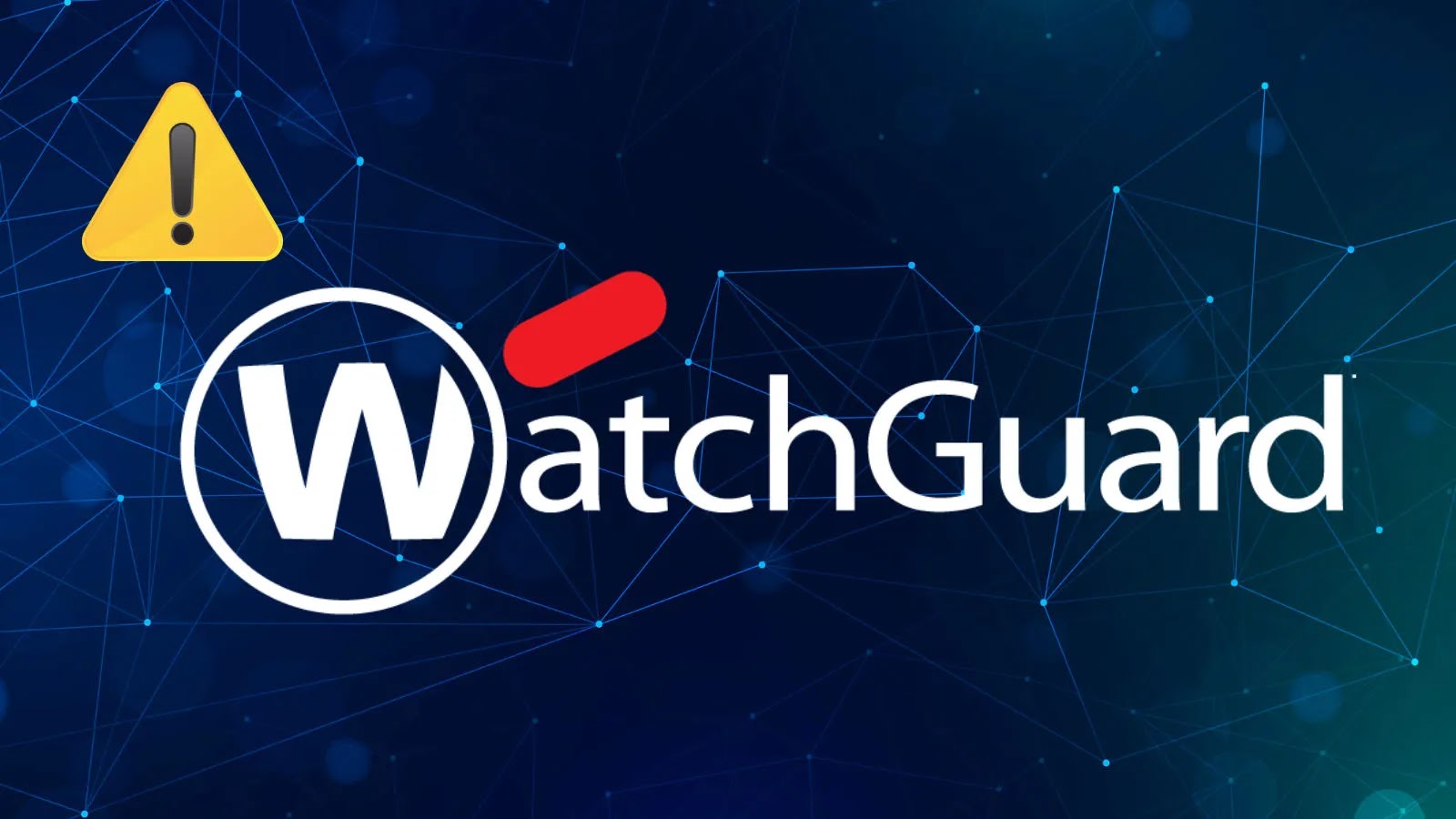
WatchGuard VPN Vulnerability Let Remote Attacker Execute Arbitrary Code
The digital perimeter of many organizations relies heavily on robust VPN solutions, making any vulnerability in these systems a critical concern. Recently, WatchGuard, a prominent cybersecurity vendor, disclosed a severe out-of-bounds write vulnerability within its Fireware OS. This flaw, affecting its Firebox appliances, opens the door for remote, unauthenticated attackers to execute arbitrary code, posing a significant threat to network integrity and data confidentiality.
Understanding the WatchGuard VPN Vulnerability: CVE-2025-9242
WatchGuard has officially designated this critical issue as CVE-2025-9242 and published details under advisory WGSA-2025-00015. The vulnerability stems from an out-of-bounds write error that occurs when handling IKEv2 VPN connections. IKEv2 (Internet Key Exchange version 2) is a standard protocol used to set up a Security Association (SA) in the IPsec protocol suite, essential for secure VPN communication.
With a high CVSS 4.0 score of 9.3, this flaw indicates a severe risk. Attackers can exploit this without needing prior authentication, meaning they do not require valid credentials to initiate an attack. The ability to execute arbitrary code remotely grants an attacker significant control over the affected appliance, potentially leading to a complete compromise of the device and subsequent access to the internal network.
The Mechanics of Exploitation
An out-of-bounds write vulnerability typically occurs when a program attempts to write data outside the boundaries of a designated memory buffer. This can corrupt adjacent data, overwrite critical program instructions, or even overwrite return addresses on the stack. In the context of CVE-2025-9242, this memory corruption can be leveraged by a sophisticated attacker to inject and execute their own malicious code on the Fireware OS.
The fact that this exploit can be triggered remotely and without authentication makes it particularly dangerous. Any WatchGuard Firebox appliance with a publicly accessible IKEv2 VPN service could be a target. Successful exploitation could allow attackers to:
- Bypass security controls and gain unauthorized network access.
- Install backdoors or other malicious software.
- Exfiltrate sensitive data.
- Disrupt network operations.
Affected Products and Scope
While the initial disclosure focuses on WatchGuard’s Firebox appliances running Fireware OS, organizations should consult the official WatchGuard advisory, WGSA-2025-00015, for a definitive list of affected versions and models. Prompt identification of all vulnerable assets is crucial for effective remediation.
Remediation Actions for Network Defenders
Addressing CVE-2025-9242 is paramount. Network administrators and security teams must act swiftly to protect their infrastructure. Here are the recommended remediation steps:
- Apply Patches Immediately: WatchGuard has undoubtedly released patches to address this vulnerability. Organizations must apply these updates as soon as they are available and after appropriate testing in a staging environment.
- Review VPN Configurations: Ensure that your VPN configurations adhere to best practices, including strong authentication methods and least-privilege principles.
- Limit IKEv2 Exposure: If IKEv2 is not essential for all external-facing services, restrict its exposure to only necessary IP ranges or implement an additional layer of access control.
- Monitor for Suspicious Activity: Enhance monitoring for unusual network traffic patterns, failed login attempts, and unexpected process executions on Firebox appliances. Look for indicators of compromise (IOCs) that WatchGuard may release.
- Implement Defense-in-Depth: Even with patches, a multi-layered security approach remains vital. This includes robust intrusion detection/prevention systems (IDS/IPS), firewalls, and endpoint detection and response (EDR) solutions.
- Regular Backups: Maintain up-to-date backups of appliance configurations and essential network data to facilitate recovery in the event of a successful attack.
Tools for Detection and Mitigation
While WatchGuard provides the definitive patch, security tools can assist in detection and hardening:
| Tool Name | Purpose | Link |
|---|---|---|
| WatchGuard Fireware Updates | Official patches for the vulnerability | https://www.watchguard.com/support/software-downloads |
| Vulnerability Scanners (e.g., Nessus, OpenVAS) | Identify unpatched systems and report vulnerabilities | https://www.tenable.com/products/nessus |
| Intrusion Prevention Systems (IPS) | Detect and block exploitation attempts | (Vendor-specific, e.g., Cisco, Palo Alto, Fortinet) |
| Network Traffic Analysis (NTA) Tools | Monitor for anomalous IKEv2 traffic or post-exploitation activity | (Vendor-specific, e.g., Wireshark, Zeek) |
Protecting Your Network Perimeter
The discovery of CVE-2025-9242 underscores the continuous need for vigilance in cybersecurity. A remote code execution vulnerability in a key network perimeter device like a VPN appliance represents a significant gateway for threat actors. Organizations using WatchGuard Firebox appliances must prioritize applying the necessary security updates to mitigate this critical risk. Proactive patching, rigorous configuration management, and continuous monitoring are the cornerstones of a resilient security posture.
Stay informed about newly disclosed vulnerabilities and security advisories from your vendors. Timely action is the strongest defense against evolving cyber threats.





